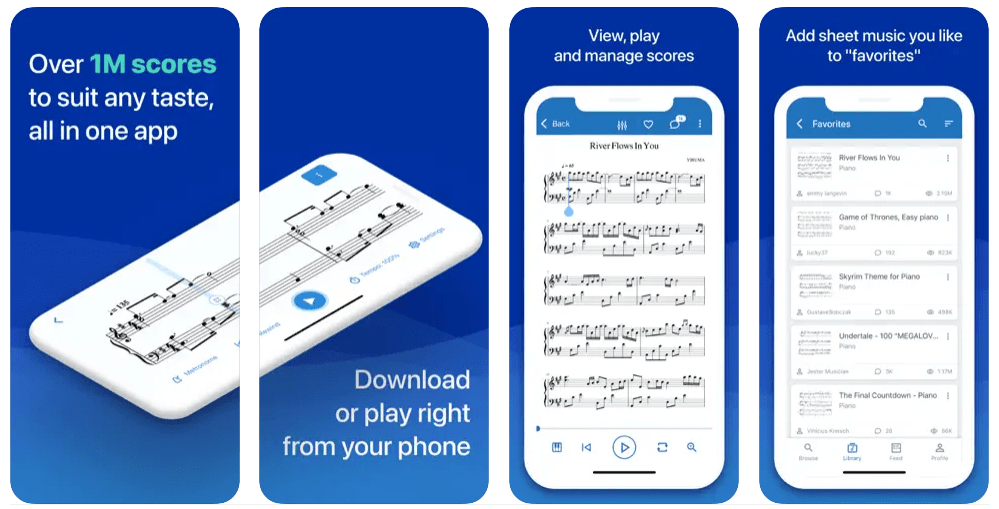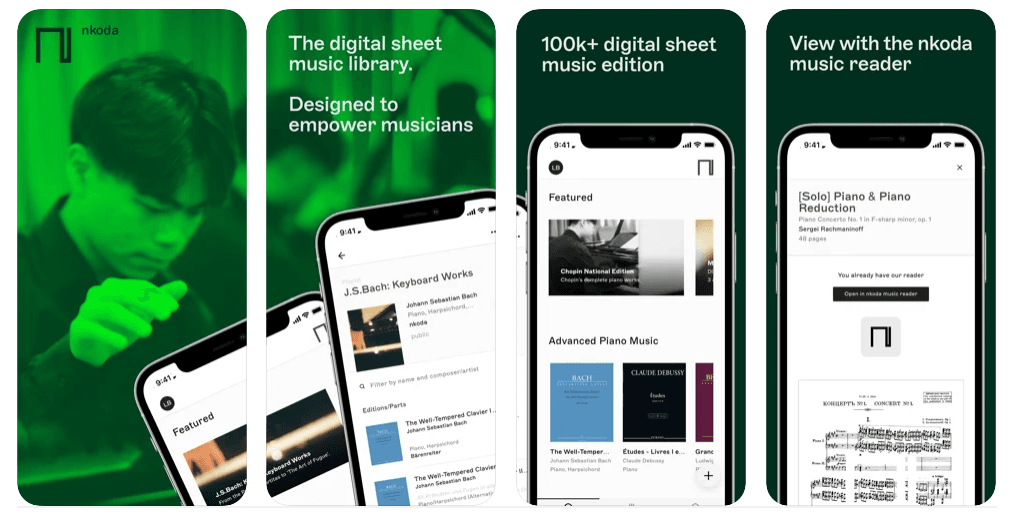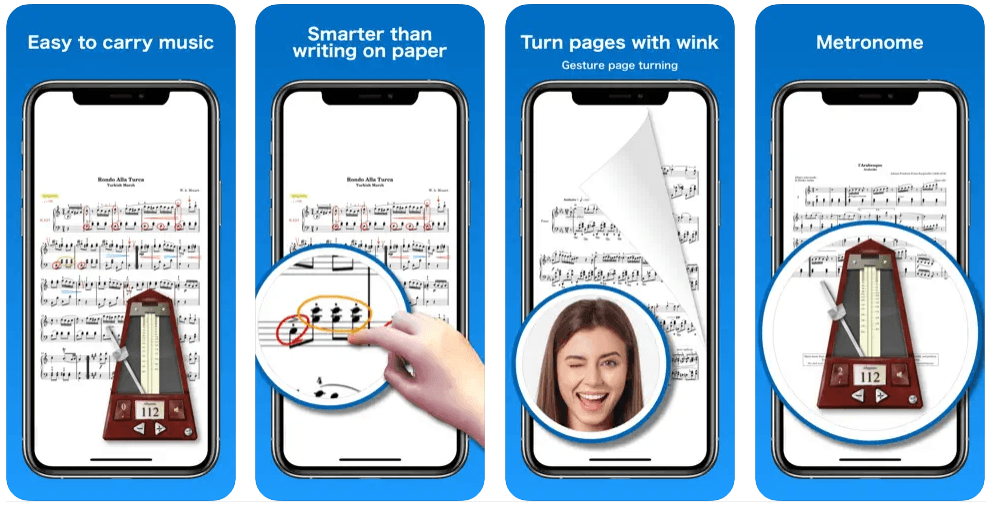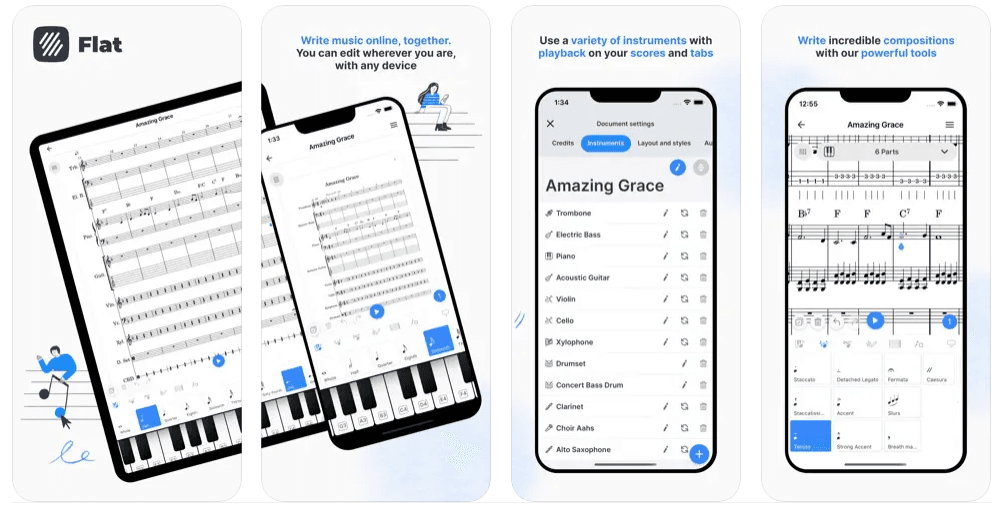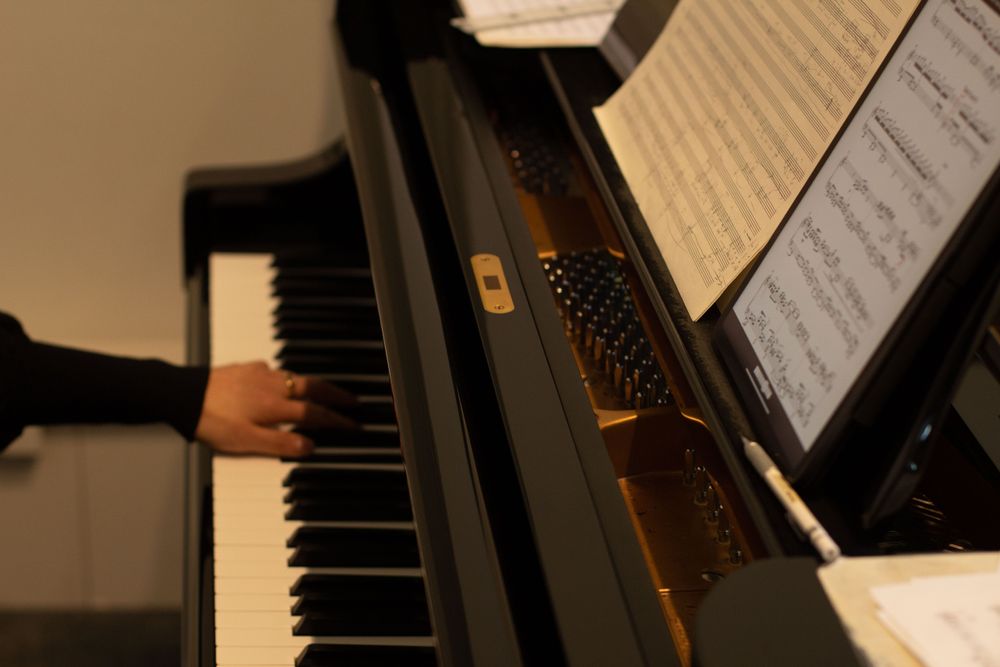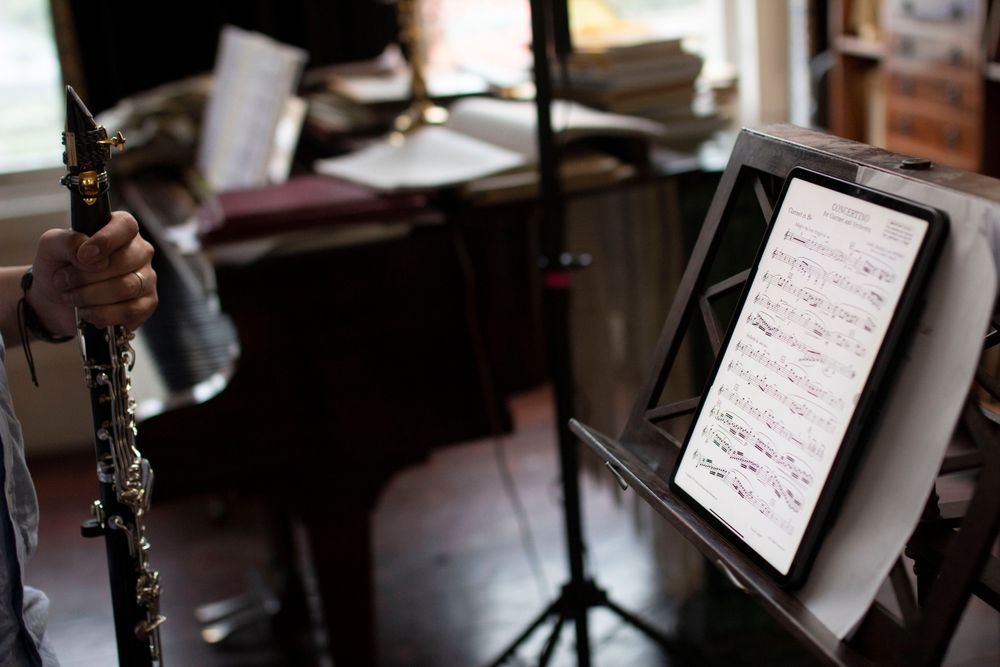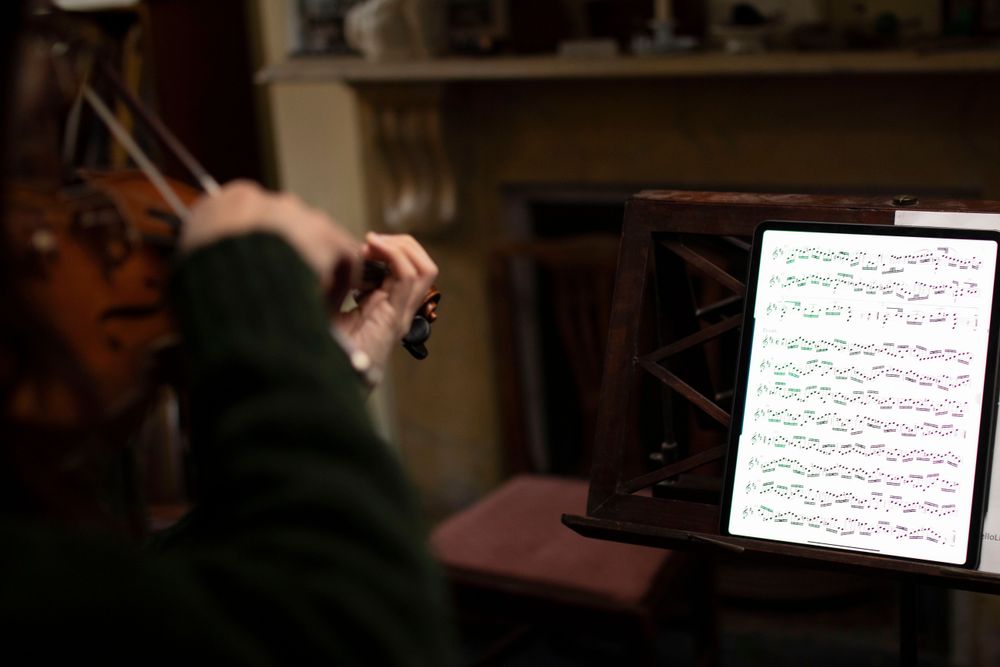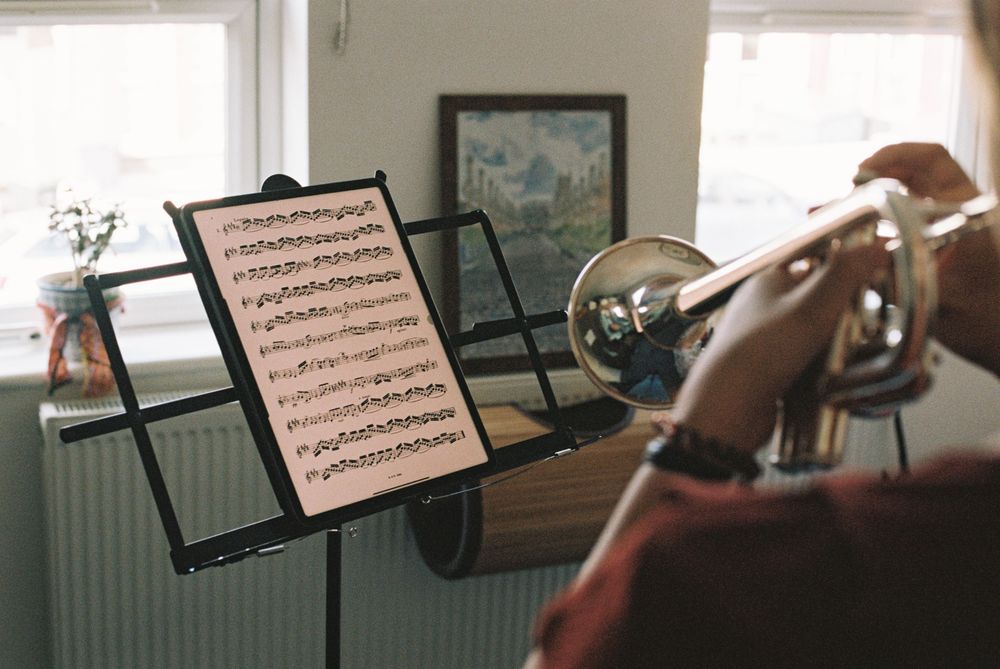nkoda provides a legitimate alternative to MuseScore not as a notation software, but as a sheet-music resource. It’s more pressing to consider options in this remit though, as more musicians will utilise MuseScore as a supplier of materials than a creator of them.
nkoda is a digital sheet-music library. It facilitates virtual access to content, and empowers musicians to interact with it as practically and as naturally as possible. The service carries out its mission through two apps as opposed to one, each specialised in its purpose.
The nkoda music library sees to the content side of things, while the nkoda music reader is geared towards interaction with that content. Both can be compared directly with MuseScore’s app.
Let’s consider the library first. MuseScore offers users access to a wealth of sheet-music materials, but most of these are transcriptions or arrangements of pre-existing works that have been uploaded by other users. Editions that have been professionally published are available only for the most popular public-domain works.
nkoda’s library, on the other hand, is populated entirely by titles that have been licensed from and provided by the world’s leading publishers - Breitkopf & Härtel, Ricordi, Chester Music, Faber Music, and around 140 more. By paying nkoda’s subscription fee, you’ll get immediate and unrestricted access to the finest sheet music in the world.
As for the reader, this is a new app development from nkoda, which offers cutting-edge score-reading functionality. Read, organise, practise and perform all this music using the reader. Enjoy efficient management and go digital with your music-making using the app’s intuitive and flexible interface.
In case the library doesn’t have what you’re after, you can upload as many of your own PDF files as you like, and bear in mind that the app is entirely free. You don’t have to pay anything for this tool, whereas you have to subscribe to MuseScore to access not only their music but also their score-reading technology.
Core features
- Instant access to 100,000+ titles from the catalogues of 140 publishers, including scores, parts, playbooks, educational texts and more, for all skill levels, genres and instruments - guitar, bass voice, trumpet, ukulele, harmonica, and over 100 others
- Cutting-edge score-reading facilities suitable for practice and performance, including annotation toolkits and widgets - you can also manage and share personal materials through playlists, and make use of offline storage and unlimited uploads
- Access to a thriving worldwide community of musicians, including publishers, educational institutions and performing organisations
Positives of nkoda
- Opting for nkoda means that you’re instantly supplied with over 100,000 premium titles of sheet music, editions from over 140 of the world’s leading publishers - as soon as you enter the menu
- You can access nkoda’s score-reading technology without paying, and because users are able to upload unlimited sheet music files from elsewhere to the nkoda cloud, you can freely make this your personal library of digital sheet music
- nkoda is available on iOS, macOS, Android and Windows, and with cross-platform compatibility, you can access your sheet music from anywhere
What could be better
- Despite the high tally of publishers who have licensed their materials to nkoda, you won’t find content there from some major players in the game, such as Hal Leonard and Henle
- You’re also restricted to what’s in the library, so if what you’re looking for isn’t there, then you’ll either have to wait for nkoda to license and digitise it, or find and perhaps buy the work in question elsewhere and upload it to the music reader yourself
- It still ranks among paid products, but unless you’re happy with public-domain content only, which will massively restrict what you can play, then you’re always going to have to pay something
